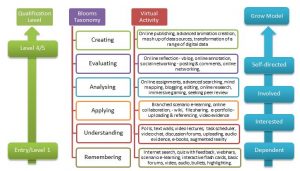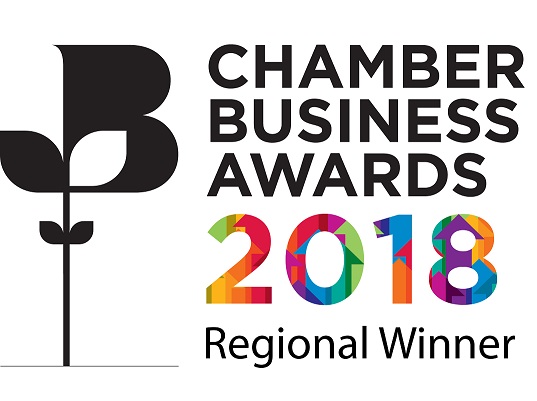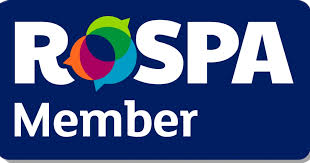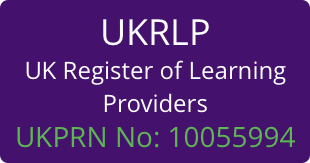 Developing and implementing an effective blended or virtual model of delivery is challenging, and committing this to a documented plan can be even more challenging. The principles of Gerald Grow’s Staged Self Directed Learning Model and Blooms Taxonomy provide us with a brilliant framework for steering us through the planning stages and the on-going differentiation requirements of our learners. Their use enables us to establish a learner led approach to developing our model of delivery and ensures that the appropriate support needs of learners are central in its implementation.
Developing and implementing an effective blended or virtual model of delivery is challenging, and committing this to a documented plan can be even more challenging. The principles of Gerald Grow’s Staged Self Directed Learning Model and Blooms Taxonomy provide us with a brilliant framework for steering us through the planning stages and the on-going differentiation requirements of our learners. Their use enables us to establish a learner led approach to developing our model of delivery and ensures that the appropriate support needs of learners are central in its implementation.
The Grow Model defines four stages of dependence when learning: dependent, interested, involved and self-directed, which then defines the role of the teacher. Stage 1 is when learners are ‘dependent’, meaning they have low self-direction, and will need considerable direction, they are what N Entwistle (1994) called ‘surface’ learners that tend to reproduce knowledge. The other end of the scale, stage 4, is when learners are defined as ‘self-directed’, meaning they have high self-direction, and the teacher acts more as a delegator. At this stage learners will negotiate their own learning and they are what N Entwistle called ‘deep’ learners who tend to transform knowledge. Reflecting on these stages when developing virtual learning enables us to properly consider how we will effectively support our learners.
Reflecting on these stages when developing virtual learning enables us to properly consider how we will effectively support our learners. So how can we use this to aid the development of our virtual model?
Self-Directed learners
A ‘self-directed’ learner will be able to navigate their way through a flexible learning structure online and will seek advice and support from their peers or the teacher as and when they need to. In planning for this type of learner the teacher could include an online group forum for open discussion, the opportunity for collaborative work using wikis or blogs and plenty of online resources for deeper and extended learning.
Dependent learners
The ‘dependent’ learner is likely to need considerably more contact with the teacher and specific direction on the route through the online learning. Support for this type of online learner is likely to be regular video chats, immediate online feedback following short bite sized chunks of learning, text messaging, live online training conducted one to one or with small groups, plenty of short term target setting with visual recording of achievements. If delivering a blended model, follow up any online learning with practical face to face activities and support.
Interested Learners
The ‘interested’ learner, stage 2, is likely to need guidance and motivation, which can be achieved by providing them with appropriate learning strategies for achieving their set goals through virtual learning. Managing the learning process online can be challenging for learners, but it is an important step in becoming a self-directed learner. Fun, engaging and interactive online learning can go a long way towards motivating learners, but guidance is required to help them with time management and organisation of their learning. This type of support can be achieved with online discussions, calendars and task management which are managed by both the learner and the teacher. Online live formal training scheduled at regular intervals can help to keep the learner on track and the availability to the learner of video chat for short interim support can give them the confidence that help is at hand if required.
Involved learners
The teacher of an ‘involved’ learner, stage 3, is in fact more a facilitator of learning and the formal delivery of training is likely to reduce as their learners are already keen to explore their subject on their own and see themselves as growing professionals. This means that teachers are likely to involve learners in decisions about their learning and the setting of their targets. To facilitate the move towards independence the virtual tools can include those used for the stage 2 learner, but with the requirement for learners to take more responsibility for managing their learning and with the introduction of collaboration tools.
So let’s look at incorporating Blooms Taxonomy into our planning. The diagram below is not an exact science, as qualification levels cannot be directly attributed to levels of the Bloom Taxonomy, but it can help us to plan the virtual activities that are suitable for the knowledge and competency requirements of a qualification, and the Grow model can help us to identify appropriate online support mechanisms in conjunction with learners’ competencies.
A teacher will always identify the aims and objectives of a learning programme, will plan the learning activities to meet these objectives and identify the interim and summative assessment activities which will inform whether the objectives have been met. Planning a blended or virtual model is no different, but it’s imperative that delivery methods, assessment methods and the support tools to meet the needs of learners are appropriate.
Using tried and tested theoretical models from the past but adapting them to the virtual learning environment of today enables us to develop digitally able, independent and self motivated individuals.







 UK: 0844 854 9218 | International: +44 (0)1488 580017
UK: 0844 854 9218 | International: +44 (0)1488 580017









